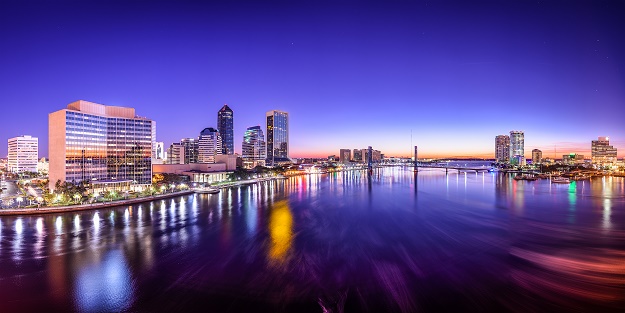How SBA Loans Support Small Businesses in Natural Disaster Recovery
/Natural disasters can strike without warning, leaving businesses scrambling to recover. From hurricanes to wildfires, these events often result in damaged property, disrupted operations, and significant financial strain. For small businesses, which typically operate with limited resources, the road to recovery can feel daunting. Enter the U.S. Small Business Administration (SBA) and its disaster loan programs—designed to help small businesses rebuild and regain stability after a crisis.
Here’s how SBA loans play a crucial role in supporting small businesses in their recovery journey.
Understanding SBA Disaster Loans
SBA disaster loans are low-interest loans aimed at helping businesses, homeowners, renters, and nonprofit organizations recover from declared disasters. Unlike grants, these loans must be repaid, but their terms are designed to be more affordable than traditional bank loans. The key types of SBA disaster loans include:
Business Physical Disaster Loans: These loans help repair or replace property, machinery, equipment, or inventory damaged by a disaster.
Economic Injury Disaster Loans (EIDL): These loans provide working capital to help businesses meet financial obligations and operating expenses that they can’t cover due to the disaster.
Home and Personal Property Loans: Although primarily for homeowners and renters, these loans also benefit small business owners who need to repair or replace personal property essential to their business.
Why SBA Loans Are Critical for Recovery
Small businesses often lack the financial reserves to absorb the costs of disaster recovery. According to the Federal Emergency Management Agency (FEMA), approximately 40% of small businesses don’t reopen after a disaster. SBA loans help bridge this gap by offering accessible funding with favorable terms.
1. Low-Interest Rates and Flexible Terms
SBA disaster loans come with some of the lowest interest rates available, often below market rates. Loan terms can extend up to 30 years, making monthly payments more manageable. These features allow businesses to focus on recovery without being overwhelmed by immediate financial burdens.
2. Broad Coverage of Needs
SBA loans cover a wide range of recovery expenses, from repairing damaged storefronts to restocking inventory and paying employee salaries. This flexibility ensures businesses can address their most pressing needs quickly.
3. Support Beyond Physical Damage
Even if a business hasn’t suffered physical damage, it may still face significant economic losses due to interrupted operations. EIDL loans provide critical working capital to keep businesses afloat while they rebuild customer bases and stabilize revenue streams.
How to Apply for SBA Disaster Loans
Applying for an SBA disaster loan is a straightforward process, but preparation is key to a smooth application experience. Here are the steps:
Check Eligibility: Ensure your business is located in a federally declared disaster area. The SBA website provides up-to-date information on eligible locations.
Gather Documentation: Collect necessary documents, including tax returns, financial statements, and details about the damage or losses incurred.
Submit Your Application: Applications can be submitted online, via mail, or in person at a Disaster Recovery Center. The SBA also offers Portable Loan Outreach Centers (PLOCs) to assist applicants.
Work with SBA Representatives: SBA specialists are available to guide applicants through the process, ensuring all required information is submitted.
SBA Loans in Action
Numerous small businesses have benefited from SBA loans in the wake of disasters. For example, after Hurricane Harvey devastated the Gulf Coast in 2017, SBA loans helped small businesses like bakeries, retail stores, and service providers rebuild.
While SBA loans are a powerful recovery tool, they’re not the only resource available to small businesses. FEMA grants, state-specific disaster relief programs, and private insurance payouts can complement SBA loans to create a comprehensive recovery plan.
Preparing for the Unexpected
While SBA loans are essential for disaster recovery, businesses can take steps to mitigate the impact of future disasters. Creating an emergency plan, securing adequate insurance coverage, and maintaining a financial safety net are key measures that enhance resilience.
Natural disasters can leave businesses facing challenges they never anticipated, but SBA loans offer an opportunity to recover. By providing affordable funding and expert guidance, these programs enable small businesses to not only recover but also emerge stronger and more prepared for the future.
Partnering for Success
Recovering from a natural disaster is no small feat, but with the right tools and support, your business can bounce back stronger than ever. Combining the financial assistance of SBA loans with the expert planning and guidance from Rapid Business Plans equips you with a solid foundation to move forward confidently.
Together, turn adversity into an opportunity for resilience and growth.




